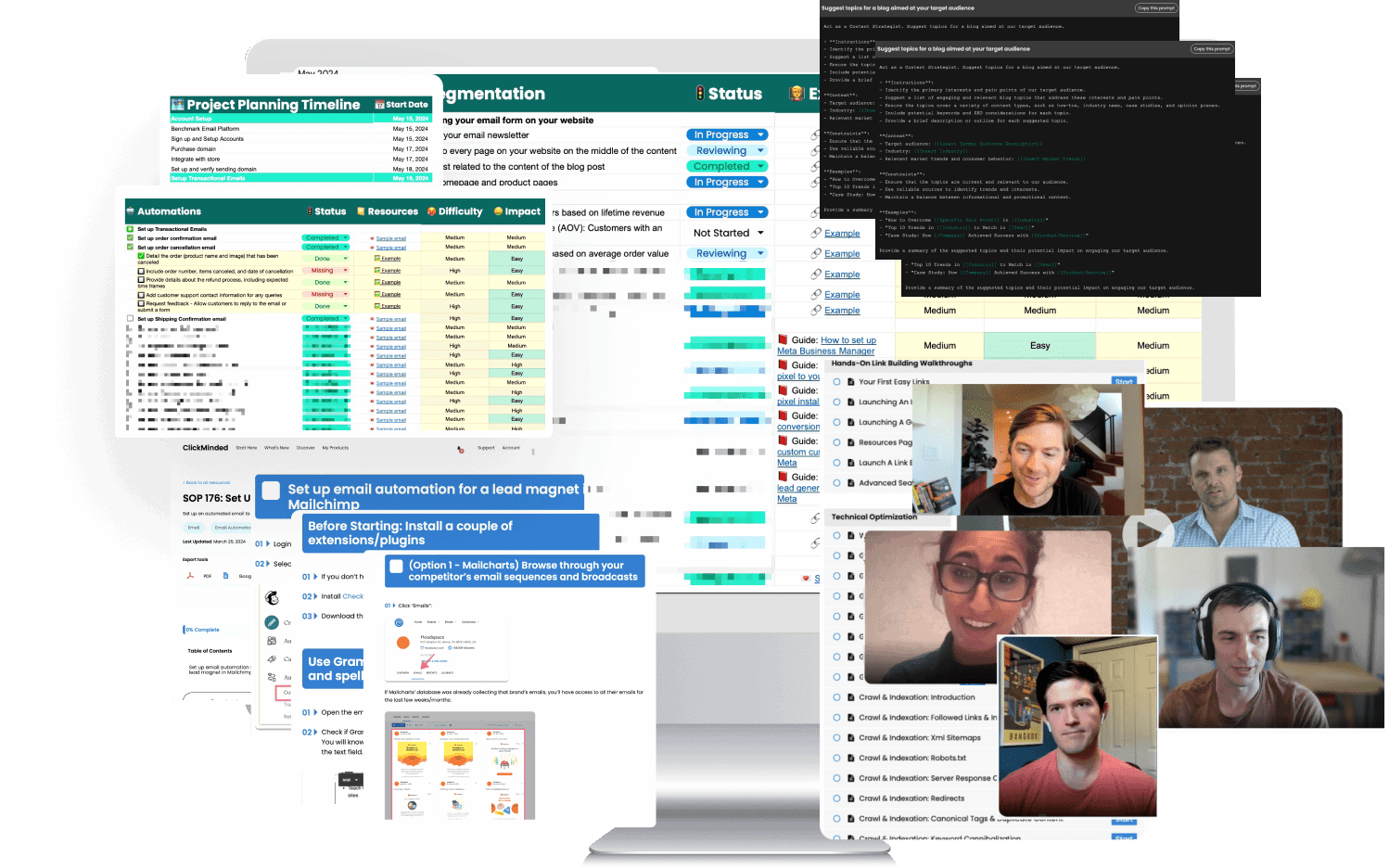The Sales Funnel Strategy Guide
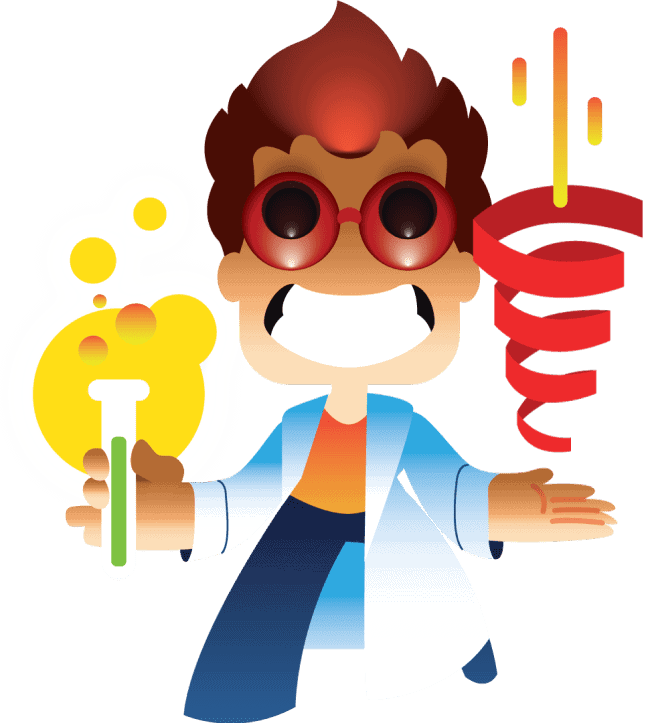

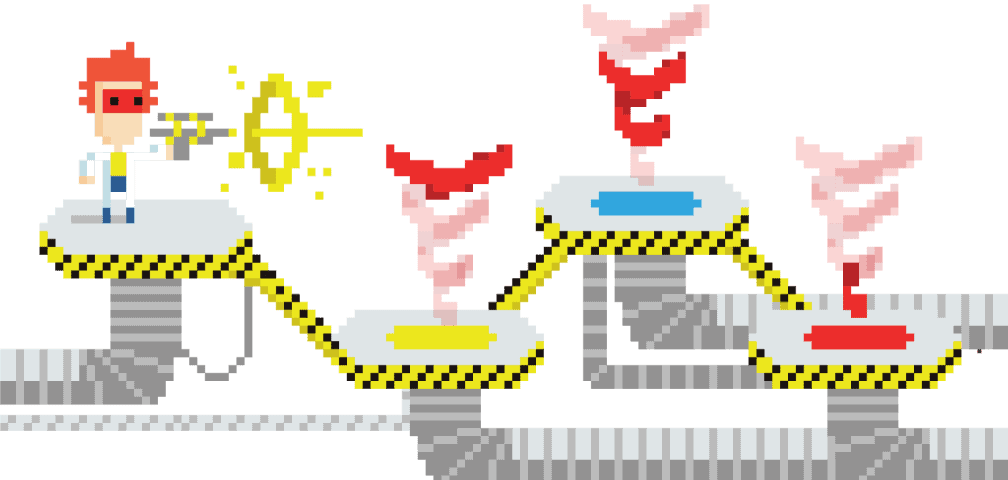
9 times out of 10, fixing a digital marketing strategy that isn’t working comes down to doing one simple thing:

If you’re new to digital marketing, it’s pretty easy to forget that behind clicks and conversion rates, there are real people.
Has this happened to you?
The digital marketer running those ads is probably wondering why no one is purchasing what he’s trying to sell.
You know the reason.
You didn’t come to the site to read some ads, you didn’t know the product being offered, and you certainly didn’t need a coupon for it.
If this was a real-life interaction, it would be like a stranger on the subway asking you if you want to get matching lower back tattoos.
Weird.
Why am I telling you all of this?
Because creating an optimized sales funnel strategy for your business – with your users in mind – is how you solve this problem (and how you stop yourself from being weird).
A sales funnel is a model for how to progressively build relationships with people that take them from strangers to advocates of your brand and product…
…at scale.
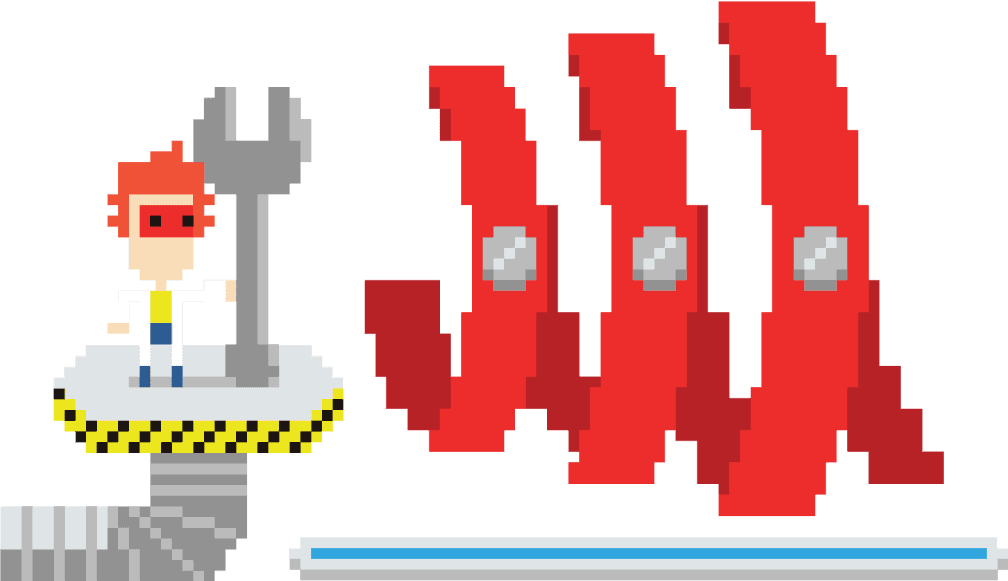
There are a ton of blog posts out there proposing different and complicated sales funnel models.
Some will tell you that you HAVE to use their software to do it right.
Others will say sales funnels are obsolete, and that a NEW method is better.
It can be incredibly confusing.

Let’s call it like it is:
Most of this is just a distraction when you’re first getting started.
I find that the core principles of the most simple model still hold and will work for every type of business.
The basic sales funnel looks like this:
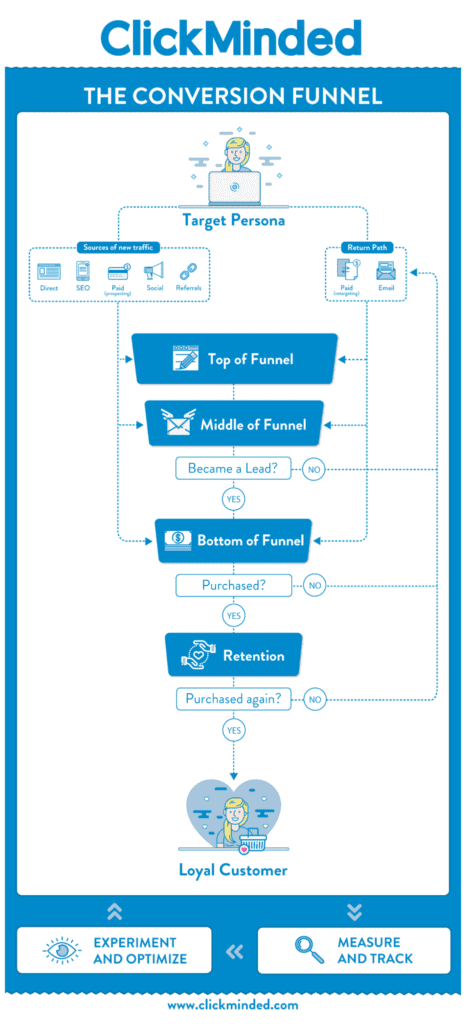
The advantage of using a sales funnel when designing your digital marketing strategy is that you get a straightforward set of goals that you need to hit.
Building an effective sales funnel means picking the right tactics at each stage of the funnel to hit those goals.
But before you even start with the sales funnel stages, it is very important to go through some fundamental elements that will help you design the funnel and optimize it according to your business, and the type of potential customers you are targeting.
Two main elements are sitting above an effective sales funnel:
This is the very first thing you should figure out.
There are a lot of different terms for it: target persona, customer avatar, sales avatar—they’re all the same thing.
Your target persona is designed to represent the wants and needs of your customer base. You create a persona for each segment of your customer base to better target all of your messaging.
Some people do this very lightly, and others get really, really heavy into this—which is what I recommend as well.
The goal here is to create a fictional person that represents certain interests, wants, and needs of your target audience.
You give it a name, you give it a job, you give it a salary, you give it interests, family life, and relationship level. Whatever it is, you create that person, and then all of your marketing messaging, targets that particular avatar, that particular type of person.
Basically, everything in your sales funnels flows from your customer avatar. It is very important to be thorough when creating your target audience avatar.
There are a ton of different ways to do this, but what I love most is actually getting on the phone with your customers. Doing interviews and surveys will help you to actually figure out what the wants and needs are of your customers.
To learn more about creating your target persona, check out our Content Marketing Strategy Guide.
Once you have defined your target persona, it’s time to move on to the traffic sources – which are, basically, the channels you will use to pour users into your funnel—in digital marketing, those could be:
Each traffic source is independent and they apply to each step of the funnel.
In this guide, we’re only going to mention traffic sources briefly, but each of them is large enough to require specialization.
For example, I was an SEO specialist for a very long time as a career. I was part of an SEO team and there are SEO companies out there. You could be an email marketing specialist, even part of an email marketing team, or you could join an email marketing company.
If you want to go deeper into one of these traffic sources for your funnel, check out our other strategy guide:
Now, let’s go over each stage of the funnel.
Think of the top-of-the-funnel as your “mass market” stuff.
Your goal here is to attract a lot of traffic (people) to your website, listing, YouTube channel, podcast, TikTok account, SoundCloud, or whatever else you damn kids are using these days.

In traditional marketing, a top-of-the-funnel tactic might be a TV ad or a billboard on the highway.
In digital marketing, some tactics you can use include:
You can get really creative here—as long as it helps you get relevant, new people to view your content, it’s a valid top-of-the-funnel tactic
The middle of the funnel is all about converting traffic into leads and then nurturing them.
A lead is someone who has shown interest in your content and who you can contact to nurture the relationship.
The key is being able to contact them.
So the main goal of the middle-of-the-funnel is to get as many people as possible from the top of the funnel to give you a piece of contact information that you can use to reach out to them at a later time.
Converting traffic into leads could be someone signing up for your email newsletter, scheduling a call, becoming a social media follower, agreeing to receive push notifications, downloading an app, enrolling in a free trial, subscribing to a YouTube channel, etc.
By giving you a piece of contact information, these people are expressing interest in what you do/offer.
This is a great time for you to build trust and prepare them for your bottom-of-the-funnel offer.
In digital marketing, some tactics you can use in the middle-of-the-funnel include:
Again, you can get super creative here—you’ll probably need to try a bunch of these tactics (and fail a lot!) before you find the one that works for you, your business, your industry, and your users.
The basic idea here is to nurture the relationship with the traffic you attracted at the top of the funnel, so they can get to know you, your company, and your product.
This is where the magic happens. It’s time to get down to business.

Your main goal at the bottom-of-the-funnel is to move the metrics that matter for a business’s bottom line.
Here, you’ll push the leads you collected in the middle-of-the-funnel towards taking a specific action:
Figure out what’s most important for the business you’re working on and implement tactics that help you move that number in the right direction.
In digital marketing, some bottom-funnel tactics might be:
There’s a common misconception when it comes to the bottom of the funnel.
A lot of people think that optimizing for the bottom-of-the-funnel is limited to the checkout page on your website: Stuff like changing the color of a button.
Just take a look at the examples above and you’ll see that view is too narrow.
If you just stick to fixing your checkout process, you’ll miss 99% of the opportunities to improve your bottom-of-the-funnel stage.
This is perhaps the most overlooked stage of the funnel.
Here’s what this stage is about:
Most of the blog posts and case studies you’ll find online are about one of the three stages of the funnel you read about above (“how to increase traffic by X%” or “how I generated $ZZZ in 5 days”).
But the retention, monetization, and love stage is usually where you can make the biggest impact for the least amount of work.
It’s simple.
In this stage, you’re dealing with people who have already trusted you enough to become a customer.
They likely already know what you offer and why it’s better than other options out there.
So convincing this segment of people to stay around (retention), buy more (monetization), and recommend you (love) is easier than achieving the same things with a complete stranger.
Look at it this way: Who is more likely to say you’re handsome/beautiful?
Exactly.
In digital marketing, some retention, monetization, and love tactics might be:
There is a caveat to this stage of the funnel.
If you’re working on a business that’s just getting started, you shouldn’t focus too much on retention, monetization, and love.
Get customers first. Work on this later.
These are not stages of the funnel, but ways to move people through the stages.
The funnel model lays out a neat way of moving people from one stage to the next…
…in theory.
Real life doesn’t work that way.
People are messy.
And while you might want everyone to follow a certain path, things will probably look more like this:
more like this:
Some people will go straight from the top-of-the-funnel to the bottom.
But others will get to the bottom and go back to the top.
Plus, a lot of people will just reach a certain stage and drop off altogether.
That’s why you need to build expressways and return paths.
Expressways are paths that allow people to jump stages of the funnel and convert faster without necessarily passing through all the stages.
If you have someone who wants to purchase right after visiting your site, it’s inefficient to require them to register for a webinar before they get the opportunity to enroll.
Expressways make sure you don’t miss out on any easy conversions.
In digital marketing, these might look like:
Publishing a pricing page so users don’t need to request a quote
Return paths are ways to get people who have fallen out of the funnel, gotten stuck on a stage, or moved back to a stage, and push them to continue moving down the funnel.
Most people won’t follow the exact path you designed on your funnel. But letting people just fall out of the funnel without making an attempt to recover them isn’t efficient for your business.
Return paths allow you to increase the efficiency of your funnel.
In digital marketing, these are some examples of return paths:
A lot of the tactics used for expressways and return paths might belong to one or several stages of the funnel.
But thinking about expressways and return paths separately will help you avoid unconsciously adding inefficiencies to your funnel.
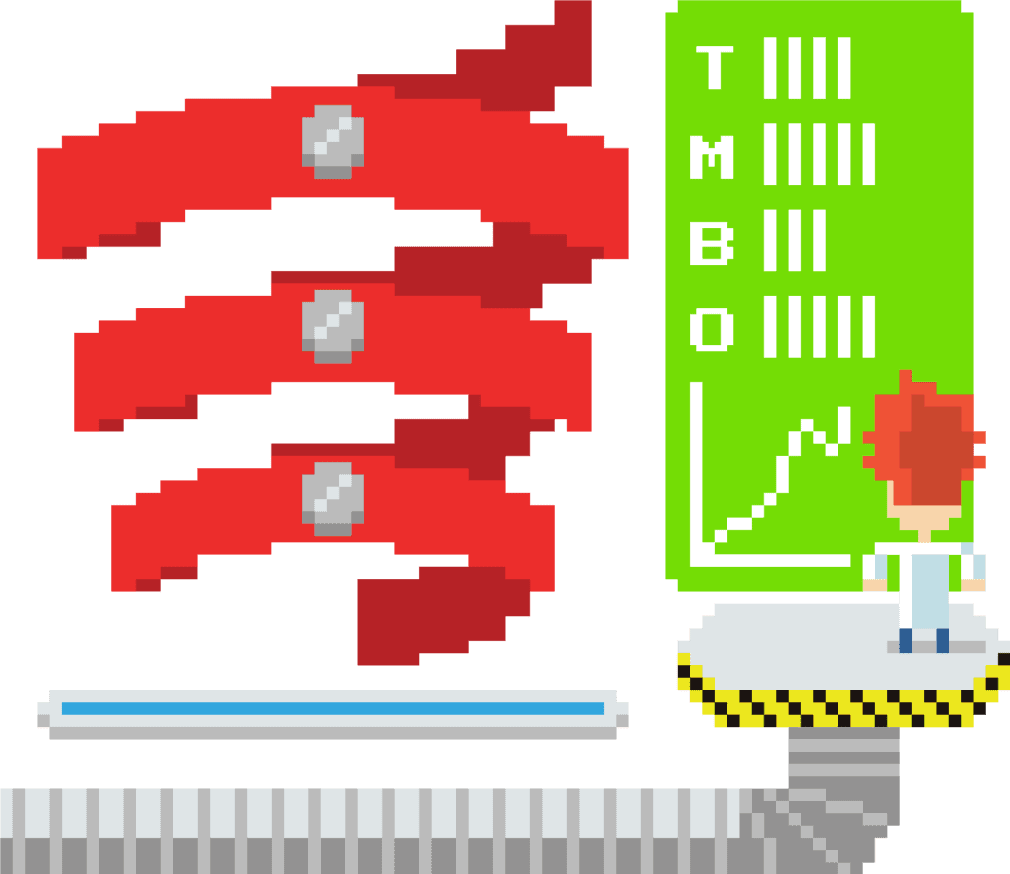
When you build a funnel you shouldn’t just focus on sales. Instead, you should analyze the overall efficiency of your entire funnel.
At each stage of the funnel, your job is to increase the percentage of users that move to the next stage.
This means that you will deal with broader metrics that help you understand if the funnel is working or not.
More specific metrics will depend on the specific tactics you use at each stage of the funnel—you should probably analyze these individually and not as a part of the analysis of your funnel’s performance.
As a reminder, your goals at each stage of the funnel are usually:
Let’s dig into each one.
It doesn’t matter if you have heavily optimized your middle and bottom-of-the-funnel if no one views your content at the top-of-the-funnel.
At the very top-of-the-funnel, your objective is to get your content in front of as many people within your target market as possible.
It’s worth saying this again: Get your content in front of as many people as possible – within your target market.
Naturally, traffic is a pretty good metric for the top-of-the-funnel…
…but even a million visits per day are useless unless they belong to your target audience.
For example, if you run a website for a local hardware store in the US, it won’t help your business to attract traffic from Canada or Mexico.
Protip: Even if you don’t run a website, there are metrics similar to traffic for most platforms that you can use for the top-of-the-funnel. For example, a YouTube channel owner can track views and an Instagram account owner can track impressions.
High engagement is a good indicator that the traffic you are attracting is actually interested in your content…
And bounce rate is a good metric to use as a proxy for engagement.
The bounce rate is calculated by the percentage of people who leave your site without interacting with it.
You can think of it as people who visited said “Meh, not what I was looking for,” and left.
A lower bounce rate usually means higher engagement or, in other words, that your content is relevant to the people viewing it.
Bounce rates are also used by many algorithms that will impact your top-of-the-funnel efforts. A high bounce rate can cause lower search engine rankings and higher costs for your ad campaigns.
Instead of just looking at traffic at the top-of-the-funnel, consider bounce rate a part of your mix of metrics.
Your main goal at the middle-of-the-funnel is to gather as many leads as possible from your top of funnel traffic.
Depending on your business, the way that you track new leads will vary:
The most important things for lead tracking are:
This one should be pretty self-explanatory.
The one misconception we see people have is that they don’t track anything on the bottom-of-the-funnel for one of these two reasons:
If you work at a non-profit, you should find an equivalent metric to track and optimize; donations, ticket sales, etc.
If you don’t make sales online, you should still track sales because you’re responsible for the amount and quality of the leads you get through the site.
Just as you track sales, you should keep an eye on how much, on average, each customer spends when you make a sale.
A low average order value is not necessarily bad—a business can make a lot of money by selling lots of cheap products.
But keeping an eye on this metric helps you identify which kinds of products you’re selling more of, which types of customers you’re better at converting, or which promotions are more successful at converting customers.
Knowing your average order value is also helpful in making forecasts or estimates.
For example, if you know each customer spends an average of $10, then you know you’ll need about 1,000 of them to generate $10k in revenue.
This metric sounds more complicated than it really is.
Customer lifetime value represents the total amount of revenue generated by a specific customer during the entire span of their relationship with your company.
Your objective is to increase customer lifetime value as much as possible.
Subscription-based revenue models are becoming more and more popular every day.
For those types of businesses, it’s critical to track churn.
Churn is the metric for the percentage of people who cancel a subscription during a period of time.
It’s calculated as the number of people who cancel a subscription during a period, divided by the total number of customers at the beginning of that period.
A high churn rate means that you’ll need to invest resources into retention—your job is to keep churn as low as possible.
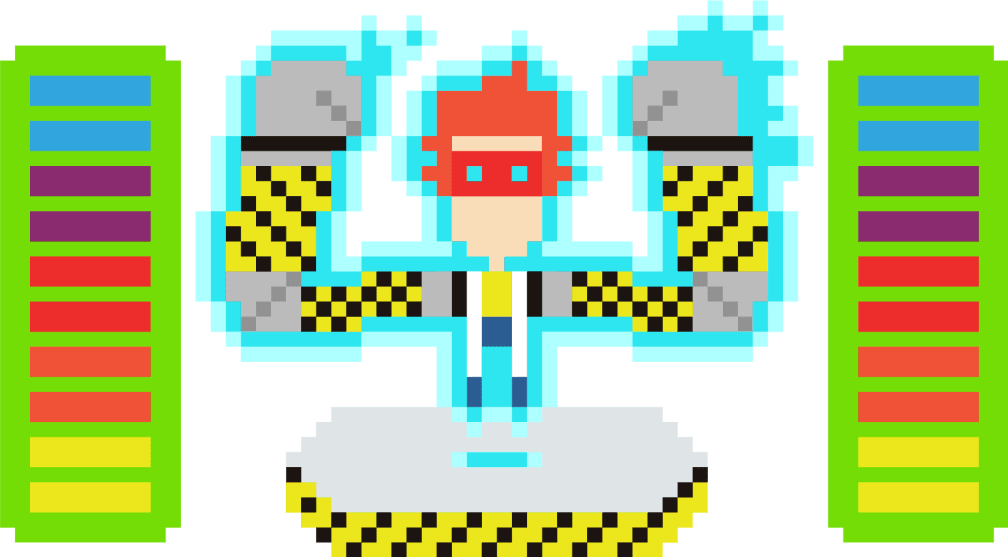
Which tools you’ll use to build your funnel will depend on the tactics you decide to implement at each stage of the funnel.
However, there are a couple of tools you’ll find helpful when working on your funnel strategy and optimization.

The first thing you’ll need to do is find a company or business to build a sales funnel for.
Here are a few ways to do that:
Once you’ve figured that out, here’s how to move forward:
Outcome: You will have a fundamental understanding of how sales funnels work and how to build them. The last section of the guide (“Traps”) is especially important if you’re new to digital marketing.
Outcome: You will have an entire pipeline of growth experiments to roll out for several weeks or months.
Outcome: This will help you establish the first level of priorities for your experiments. For example, if the business has a lot of traffic but not enough leads, then you should probably start with middle-of-the-funnel experiments; or if the business is brand new, you should start with the top-of-the-funnel before testing bottom-of-the-funnel experiments.
Outcome: Once you know which stage of the funnel to tackle first, these scores will help you prioritize the order in which you roll out your experiments.
Outcome: You will have an easy way to know whether your efforts are working as expected or not. Plus, you’ll gradually get better at setting up goals and targets.
Outcome: You will have a better understanding of how to successfully launch each tactic, instead of having to figure everything out from scratch.
Outcome: Pretty self-explanatory.
Outcome: You will learn from your successes and failures and use that experience to build your sales funnel.

Building funnels is a lot of work.
You will fail many times before you succeed.
It’s not uncommon to try a lot of things that don’t work. Or even try the same thing 10 times before it starts to work.
But when you find the thing that works, it can dramatically change the direction of a business.
These are some mistakes we made when we were getting started. Avoid these and save yourself a few headaches.
This is, by far, the most common mistake.
Be aware of where your efforts will have the biggest impact on the business.
If the business doesn’t have any traffic or leads, it’s a waste of time to try and make the checkout process easier.
If the business is already converting 15% of its leads into customers, it’s better to work on doubling the number of leads than trying to increase the conversion rate to customers by one percentage point.
Figure out where the holes are in the funnel and work on that.
“How we increased conversion rate by 47% with this simple tactic.”
“How this company went from zero to $50 million in 2 years.”
A few weeks into digital marketing, you’ll start noticing headlines like those everywhere.
Before you jump into trying to replicate these tactics, keep in mind:
Case studies are a great source of inspiration for your own funnel, but nothing more than that.
If it was as easy as copying case studies, everyone would be swimming in money.
I fell for this stuff all the time.
And it’s caused by the proliferation of “growth hacking” content.
Headlines like “This company used chatbots to generate 30% more sales” can make you feel like you’re missing out on a huge opportunity by not using chatbots.
The same thing happens with the latest social media channel, marketing tool, trending tactic, or “growth hack”.
We call this “trying to get too cute”.
What we mean is that it’s better to stick to the basics before trying to build something super complicated or paying for an expensive tool.
Here are some examples:
Once you validate that a basic idea is worth pursuing, you can start adding more complexity to it—not before.
I was actually surprised by this one, but I stumbled upon it so many times that it’s worth adding to the list of traps.
It’s easy for people to think their business is unique and that a lot of the things mentioned in this guide won’t work for them.
Non-profits are a great example of this.
Just because a company isn’t optimizing for profit, doesn’t mean they can’t build a funnel.
A (good) non-profit still has objectives it wants to meet: The number of donations, the number of attendees at an event, the number of people/animals/buildings/organizations/communities to help.
You can build funnels to hit all of those goals.
What’s described in this guide is a broad set of principles to help you lay out a path, for people to perform an action, that will benefit the company you work for—it doesn’t matter if that’s an increase in sales or some other goal.
